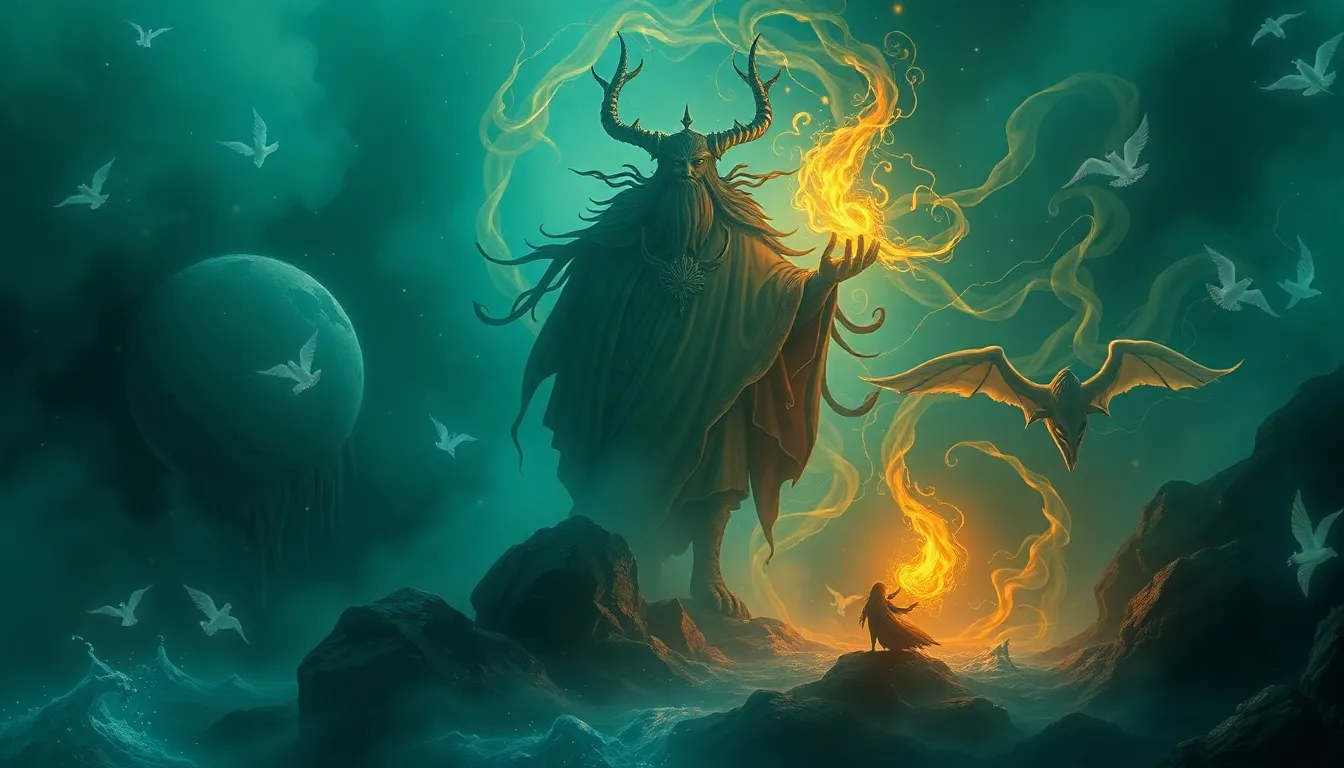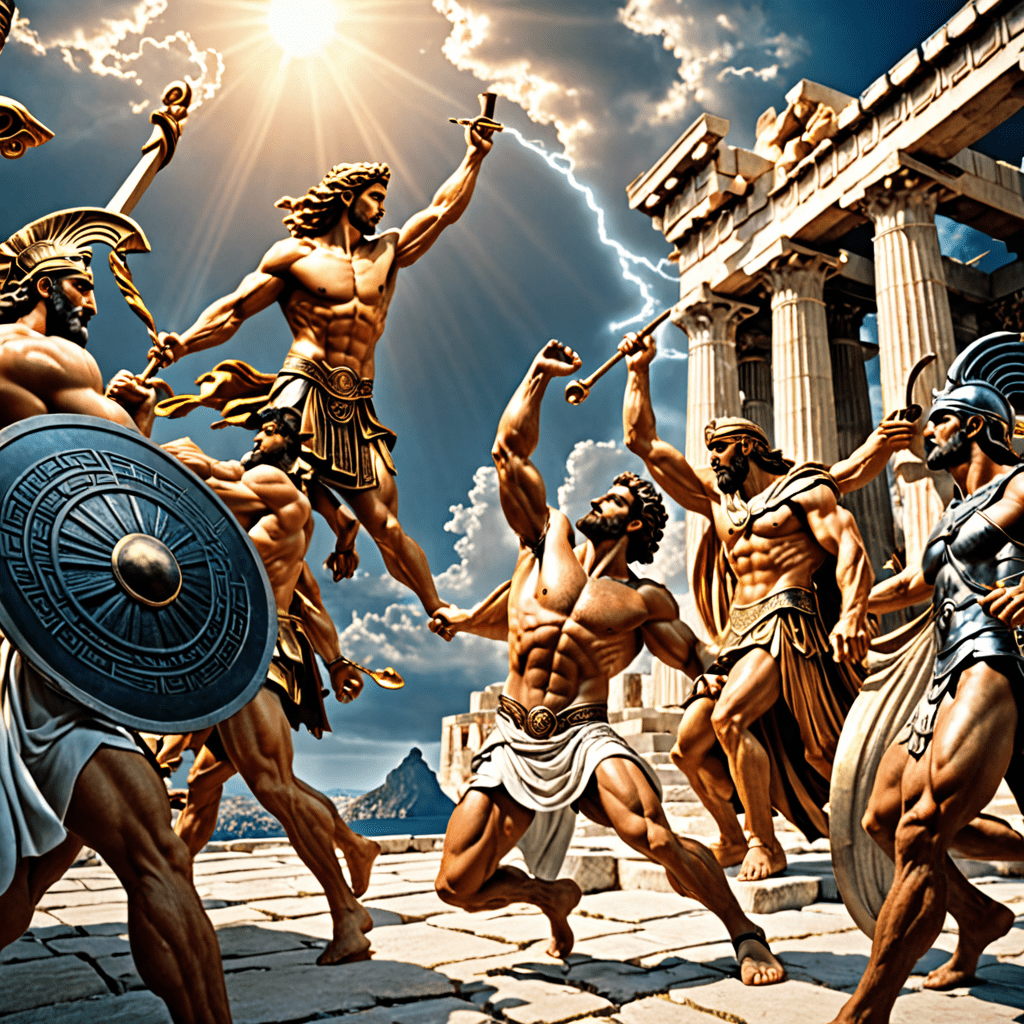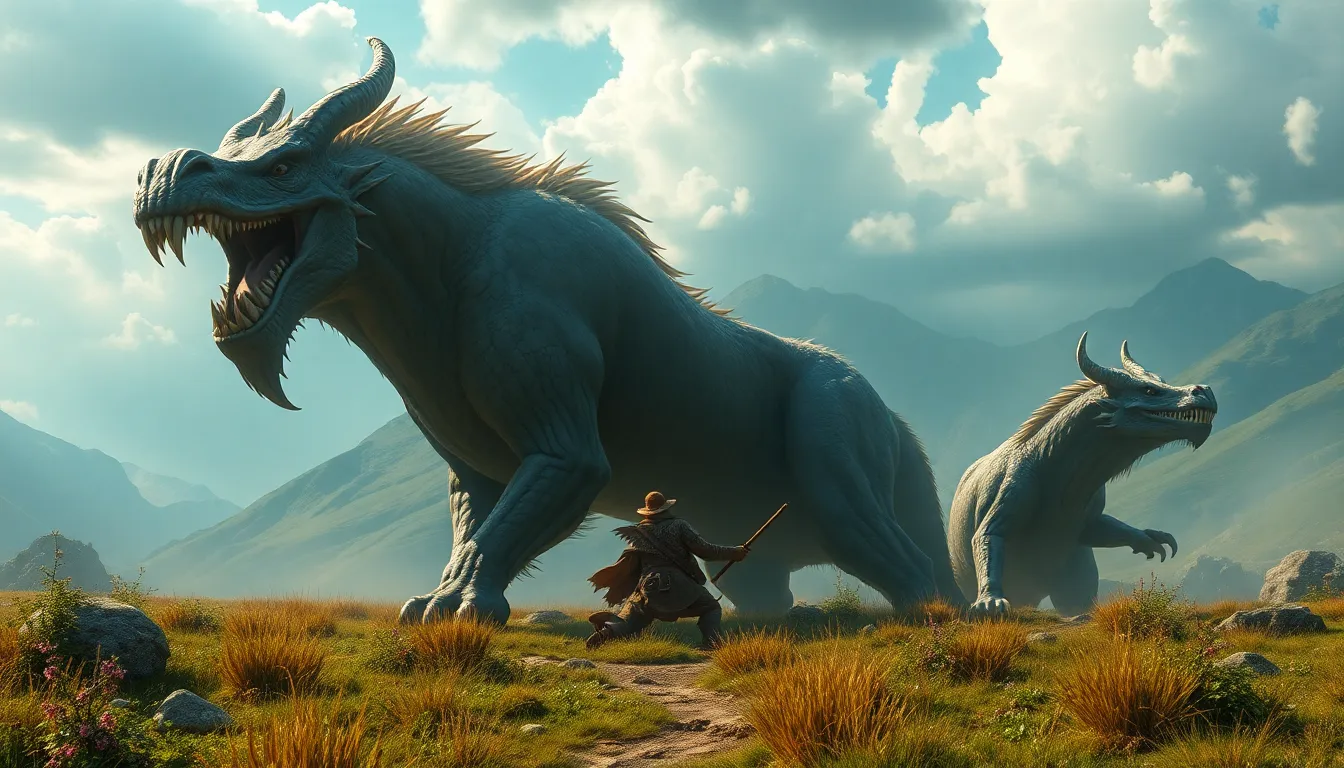The Real-Life Inspiration Behind Mythical Beasts
Introduction
Mythical beasts have captivated human imagination across cultures and eras, serving as symbols of power, fear, and wonder. These creatures, ranging from dragons to mermaids, populate folklore, literature, and art, reflecting the values and beliefs of the societies that birthed them. Understanding the real-life inspirations behind these mythical beings not only enriches our appreciation of folklore but also sheds light on the cultural exchanges and historical contexts that shaped them.
The Origins of Mythical Creatures: A Historical Perspective
Mythical creatures often find their roots in the ancient civilizations that crafted their tales. Early societies, seeking to explain the mysteries of the world around them, created legends that featured fantastical beings. For instance:
- In Mesopotamia, creatures like the Lamassu combined human and animal features to represent protection.
- Ancient Egyptians revered gods with animal heads, showing the blend of the divine with earthly fauna.
- The Greek pantheon included mythical beings that reflected the attributes of nature, such as centaurs representing both civilization and wildness.
Cultural exchanges, such as trade and conquest, further influenced the evolution of these mythical beasts. As stories traveled, they absorbed elements from various traditions, leading to a rich tapestry of legends that transcended geographic boundaries.
Dragons: From Dinosaurs to Serpents
One of the most enduring mythical creatures is the dragon, which appears in various forms across cultures. Theories suggest that real reptiles and large prehistoric creatures, such as dinosaurs, could have inspired the dragon myths we know today. In different cultures, dragons take on unique characteristics:
- Western Dragons: Often depicted as fire-breathing, winged beasts, embodying chaos and destruction.
- Eastern Dragons: Generally viewed as benevolent, associated with water and agriculture, representing wisdom and strength.
This diverse representation showcases how regional variations and environmental factors shaped dragon lore, integrating local fears and reverence into these powerful symbols.
Unicorns: The Horse, the Narwhal, and Beyond
The unicorn, often envisioned as a horse with a single spiraled horn, has its origins in various real animals. Historical accounts suggest the connection to horses, as well as the narwhal, whose elongated tooth resembles a unicorn’s horn. Ancient texts, including accounts by travelers, describe unicorn-like creatures, blending the mythical with the tangible. Artifacts such as:
- Medieval tapestries depicting unicorn hunts
- Coins featuring unicorn imagery
have further cemented the unicorn’s place in cultural history, symbolizing purity and grace.
Mermaids: The Allure of the Ocean and Human Imagination
Mermaids are another example of mythical beings shaped by real-life inspirations. Sailors’ tales, often spun from long voyages and isolation, contributed to the mythos of these enchanting creatures. The manatee, a marine mammal mistaken for mermaids by weary sailors, is a prime example of how real animals informed legend. Mermaids hold varying significance across cultures:
- In some societies, they symbolize danger and seduction, luring sailors to their doom.
- In others, they embody hope and are seen as protectors of the sea.
This duality illustrates humanity’s complex relationship with the ocean and its mysteries.
Griffins: The Fusion of Eagles and Lions
The griffin, a majestic creature with the body of a lion and the head and wings of an eagle, symbolizes strength and guardianship. In ancient cultures, griffins were believed to guard treasures and were often seen in heraldry. Evidence suggests that the legend of the griffin may have been inspired by:
- The discovery of large fossils, possibly from dinosaur remains, which ancient peoples misinterpreted.
- Real animals, such as the eagle and lion, which embody power and majesty.
The griffin’s role as a protector in mythology underscores the human desire to find strength in the fusion of powerful creatures.
Chimeras: The Art of Combining Creatures
The chimera, a fire-breathing monster with a lion’s head, a goat’s body, and a serpent’s tail, originates from ancient Greek mythology. This creature exemplifies the human fascination with hybrids and the supernatural. The concept of combining different animals reflects:
- The natural world’s marvels, as some real-life animals exhibit hybrid characteristics, such as:
- Ligers (lion-tiger hybrids)
- Wolves and dogs
- Various birds exhibiting unique color patterns.
This blending of traits serves to explore themes of power and chaos, resonating with the fears and hopes of ancient societies.
Bigfoot and Sasquatch: The Cryptid Phenomenon
Bigfoot, or Sasquatch, represents a modern cryptid phenomenon, with numerous reported sightings fueling intrigue and skepticism. Folklore surrounding Bigfoot often describes a large, ape-like creature inhabiting remote forests. Possible real-life inspirations for these myths include:
- Large primates, such as the Gigantopithecus, an extinct species that roamed Asia.
- Misidentified bears or other animals that may have been seen in low-light conditions.
The mystery surrounding Bigfoot reflects humanity’s desire to explore the unknown and the fear of what lurks beyond the familiar.
The Influence of Environmental Changes on Mythical Creatures
Natural disasters, extinct species, and environmental changes have profoundly impacted the narratives surrounding mythical beasts. For instance:
- Extinct megafauna, such as mammoths, may have inspired legends of giants.
- Natural disasters could lead to the creation of myths explaining phenomena, such as dragons representing storms.
Climate and habitat changes also affect how societies perceive and relate to these creatures, shaping the stories and symbols they create.
Conclusion: The Enduring Legacy of Mythical Beasts
The real-life inspirations behind mythical beasts reveal a complex interplay between nature, culture, and imagination. These creatures, born from a blend of reality and fantasy, continue to shape modern portrayals in literature, film, and art. Their enduring legacy speaks to humanity’s innate desire to explore the unknown and find meaning in the world around us. As contemporary culture evolves, the relevance of these myths remains powerful, reminding us of our shared history and the stories that bind us together.
https://www.youtube.com/watch?v=FYlqH6UqvHk



